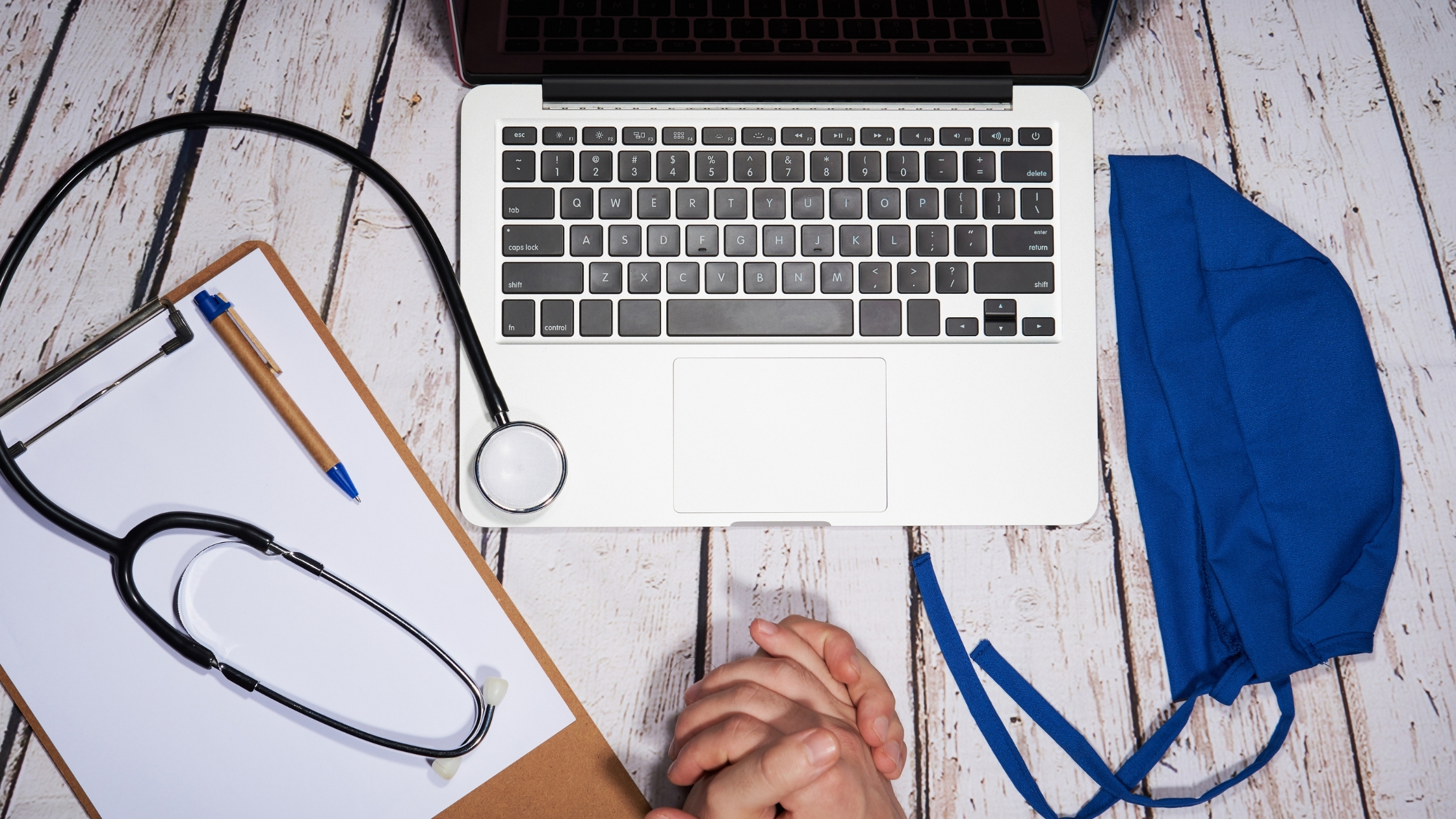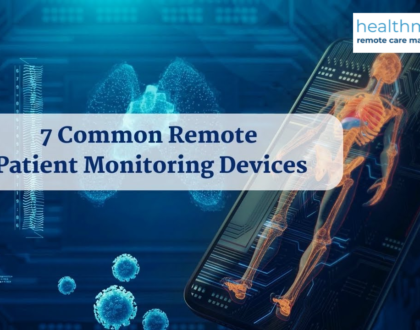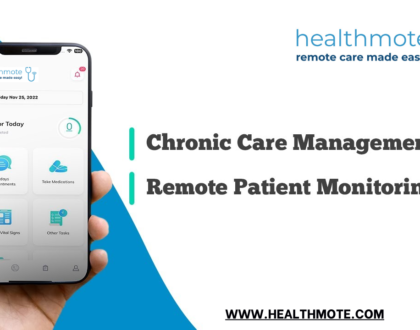
8 Ways Remote Patient Monitoring can improve patient-provider communication
Providers who initiated the RPM program found that their patients were more actively tracking their vital signs and participating in their treatment plans. With RPM, patients who faced difficulty visiting clinics frequently for follow-ups are able to engage with their care team much more easily. But this is not the only reason that remote patient monitoring improves patient interaction. Let’s look at eight other ways RPM can improve communication.
1: Remote patient monitoring enhances accessibility.
Getting to and from places is difficult for many Americans. Factors can be travel distances, lack of vehicles, transport costs, and inadequate infrastructure. Once a month can be a significant hurdle for some patients. But, when it comes to participating in chronic care management, the frequency of visits often increases several times a month or even several times a week, depending on the patient’s health needs. You cannot stick to this frequency and stop participating altogether. RPM can become the solution to this problem as it is an effective way of reaching the patient where they are while addressing their chronic care needs.[/vc_column_text]
2: Remote Patient Monitoring Gives Handy Access For Rural Patients.
Not all patients live near their doctor. A survey of rural health clinic officials conducted by the University of Minnesota Rural Health Research enters identified transportation as the main barrier for Medicare beneficiaries to access health care in rural communities.
Geographic domicile is an important barrier to obtaining high-quality and high-frequency health care. Rural patients often lack access to the best professionals and the most advanced care techniques simply because of where they live. Remote Patient Monitoring uses technology to remove the site barrier, rural patients can receive the same high-quality care as patients in more populated areas.
3: Patients become productive members of their care team.
Remote patient monitoring enables patients to better see and understand their health. Patients generally go to a doctor and have a health interview, then walk away, but they often forget what has been discussed or leave the subject of their health behind while focusing their attention on what they consider to be more pressing needs.
With the periodic check-ins by the patient’s care coach, they have some to discuss the outcome of their last visit. The care coach can re-emphasize what the physician might have explained and this helps the patient follow the care plan.
4: RPM supports more convenient care with real-time data acquisition.
In traditional medical care, we have always regarded doctors as omniscient health wizards, but without a crystal ball, it is difficult for them to become an authority and live up to expectations. Leave some guesses to the doctor. By providing doctors with real-time health information provided by RPM devices rather than the patients themselves, remote patient monitoring can help reduce gaps in patient’s health awareness
through the use of health data collection
5: Patient-provider communication improves.
Remote Patient Monitoring often increases the frequency of communication between patients and their care team, and inevitably helps improve overall communication. By participating in the RPM program, patients tend to develop a closer relationship with their doctors. Patients feel more interested because they feel understood, knowing that their health is continuously monitored, and their medical team truly cares about their progress.
6: Remote patient monitoring supports more reliable care oversight.
In traditional medical care, the doctor usually visits the next patient. Doctors see dozens of patients every day, and it is difficult to think about them when they are no longer in front of you. This allows doctors to hope their patients take their advice seriously. Since multidisciplinary care teams are usually deployed to remotely monitor patients, and patients are usually not in the doctor’s office, obstacles to observing patients can be eliminated, thereby improving patient interaction and enhancing interaction between care teams.
7: Results become appreciable and health goals become more achievable.
When we see or feel active movement towards the goal, we will be more involved in the realization of the goal. Remote patient monitoring requires continuous measurement so that patients can see their progress and become more involved in the lifestyle changes needed to achieve their health goals.
8: Remote patient monitoring delivers elevated patient support.
Remote patient monitoring provides patients with all the support they need and takes them to the most convenient place where they are situated. For most patients, participating in a remote monitoring program can motivate them to improve their health and allow them to stay healthy for a longer period. And, avoid expensive hospitalization fees.
Long-Term Vision of Remote Patient Monitoring.
As our healthcare system develops towards truly patient-centered care, doctors need to remain impartial and strive to find patients in a meaningful and effective way. Adequate repayment of funds is essential to keep your practice viable and develop.
With the popularity of remote patient monitoring and the expansion of the coverage of the federal government and private payers, RPM may continue for a long time, and its benefits will continue to increase in the future. As we strive to control the devastating effects of chronic diseases, clinicians can turn to remote patient monitoring to support and improve health and increase patient engagement
About Healthmote
Healthmote is an easy-to-use integrated platform that lets providers tap into a slew of Medicare programs like Telemedicine Solutions, Video visits, Remote Patient Monitoring (RPM), Chronic Care Management (CCM), and more. We have built the system with one thing in mind: SIMPLICITY. We have worked with hundreds of providers and understand deeply that providers, their staff, and their patients do not have time for complex solutions.



